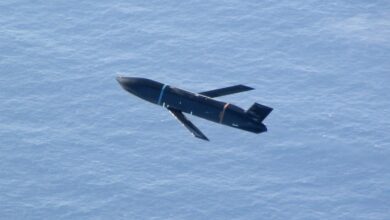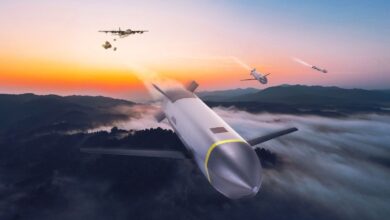GE, Pratt & Whitney Pass Next-Gen Adaptive Engine Design Review
GE Aerospace and Pratt & Whitney have passed the detailed design review of their offerings for the US Air Force’s Next-Generation Adaptive Propulsion (NGAP) program.
The detailed design review is the fourth stage of the six-phase program, preceded by initial design, preliminary design, and adaptive prototyping planning.
It allows the two contenders to procure, assemble, and test a prototype ground demonstrator, with testing likely in the late 2020s.
Both firms were recently awarded $3.5 billion in upgraded contracts each for the prototyping phase of the program.
Detailed Design
Both firms employed extensive digital tools in their engine design, such as modeling and simulation.
GE said the prototype XA102 will be the first engine in its history to be built using model-based systems engineering, a “transformative shift.”
“As we transition into the procurement and build phase, we will continue to incorporate this innovative approach while working closely with our supply chain partners to advance the engine toward a full-scale demonstration,” VP of Edison Works at GE Aerospace Steve Russell added.
President of Pratt & Whitney Military Engines business, Jill Albertelli, explained that “the digital tools and processes that our NGAP team has demonstrated, and will continue to advance, will be at the foundation of our technology maturation for our future next-gen solutions.”
Adaptive Cycle Engine
The NGAP engine will power the US Air Force’s Next-Generation Air Dominance fighter jet.
It is based on adaptive cycle technology, which essentially provides both high thrust and fuel efficiency when necessary.
Fixed cycle engines are designed for either high thrust or high fuel efficiency.
An adaptive engine adds a third stream of airflow which can be unlocked for greater cruise efficiency and closed for high thrust in take-off, landing, and combat.
According to GE, their NGAP offering will have 20 percent greater thrust, and 25 percent improved fuel consumption, resulting in 30 percent greater range.
Adaptive cycle engines are also considered to better manage engine heat and generate greater electricity to power advanced avionics and laser weapons.












